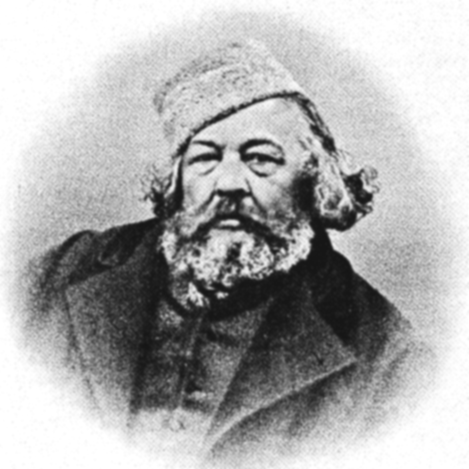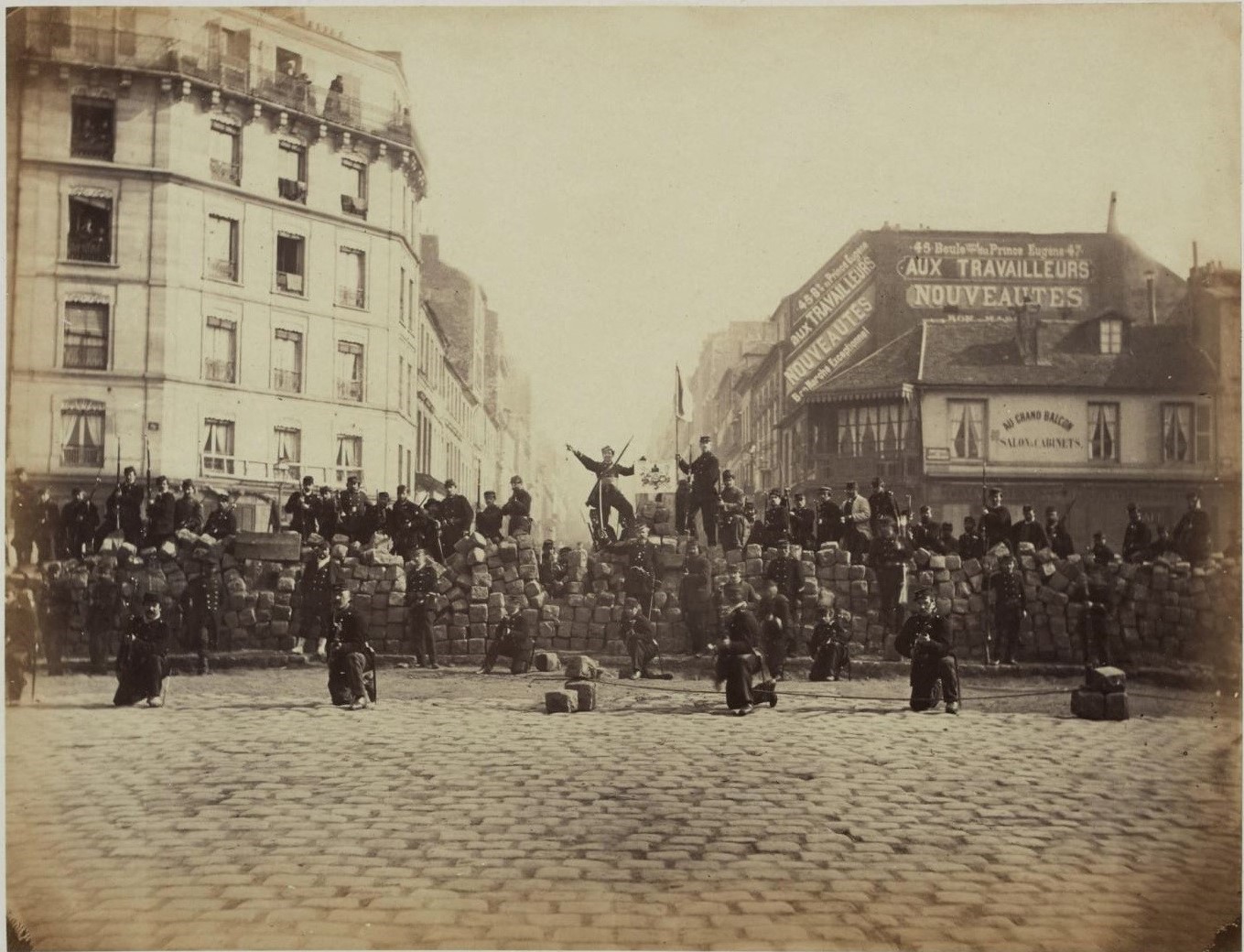Chapter Fifteen – The Brink
Chapter Fifteen – The Brink
"Remain calm and everything will be saved. We must not be defeated!"
Jaroslaw Dombrowski's Order of the Day for 20th May 1871
"A Death by a Thousand Cuts"
Royalist Captain Emile Florens on the Battle for Paris
At around 1 p.m. units of the Foreign Legion broke through Communard lines and pushed into the Western portions of the 7th Arrondissement. Some of the wealthiest sections of the city, here morale amongst local National Guardsmen was at its lowest. One Communard Deputy, the sixty year old Jules Miot, found an entire company skulking in their barracks rather than fighting. When he began to attempt to move them the officer in charge shot him dead.
Dombrowski’s reforms, however, had stiffened most sections of the Guard. In the North, in the 17th Arrondissement, Rossel could sense the Royalists wavering. They had trained to destroy the barricades they thought the Commune would rely on, smashing through walls to flank positions, but found instead that each time the defenders had fallen back, warned by the units in the buildings, leaving the Royalists caught in a deadly crossfire in the streets. By midday MacMahon had committed a third corps, the 9th under General Georges Boulanger, and now was musing over whether to throw a fourth into the fray. Before he could, however, Rossel led his sections in a vicious counter-attack. Charging from buildings and up ruined streets they drove panicked and disorganised Royalists before them back into the Bois de Boulogne. Stiffer resistance from Boulanger’s units dented the assault, with Rossel losing two fingers of his left hand to a rifle bullet that killed his aide-de-camp, but did not stop the charge. Within minutes troops of both 9th and 4th corps of the Royalist army were stumbling and tripping into the crater in panicked retreat.
Inside Paris the battle was chaotic, and few officers had any concept of what was going on even a few streets away. At the Arc de Triumph, chipped away by rifle fire, Communard soldiers effectively under the command of Deputy Eudes were reduced to firing shards of marble from the Arc, buttons from their uniforms, nails from the furniture in the barricade, and anything else that would fit down the barrels of their antique Napoleonic muskets. Taking heavy casualties, nevertheless they stayed put.
More set pieces sum up these stages of the battle. In the south of the city Guard Mobile from the Royalist army overran a battery of Mitrailleuse, killing the operators, but were unable to work the complicated machinery before a mixed unit of men and women from the 3rd Arrondissement Guard overwhelmed them in turn. In the East Clusseret stripped every man he had from the defences and sending them across Paris apart from one unit of twenty men he ran ragged, ordering them to march up and down the walls to convince the Royalist observers the defences were still manned.
And, in the South, Dombrowski and his men arrived. The trains had been rattle-traps, he recalled later, rushing up from Lyon containing every Communard he could force into a uniform. They surged out, some 13,000 strong, just south of Sevres. MacMahon, his cavalry decimated by the earlier attack at Versailles, had little warning of this attack on his flank.
Suddenly, as the Communard field army surged forward, his command was split. He had some 35,000 troops outside of Paris but, inside, were the majority of his forces. They were stuck in bitter street fighting or, as with Boulanger’s forces, trapped in the crater.
The later stages of the Battle for Paris were brutal. On the outside the battle was, essentially, an old-fashioned engagement of infantry on infantry. The Communards had no cannons or cavalry and MacMahon could not assemble his in time. Coming surging through the wooded hills on the edge of the Seine, Dombrowski’s men rolled up the 8th Corps as if it was butter. Most of the Corps, waiting to be sent into action, had broken for lunch. Many of their rifles weren’t even loaded. Panic rippled through the force, men scrambling up and away in terror. Attempts by officers came to little – General Clinchant was pulled from his horse and taken prisoner within minutes of the attack. Even as MacMahon tried to rally further lines of defence, these were disrupted by fleeing soldiers from the 8th Corps who pushed their way through formations. Soon a retreat was turning to a rout as Royalist soldiers, survivors of the Franco-Prussian war or new conscripts, found they had little stomach for a bloody fight they were losing.
Inside the city the situation for Royalist soldiers grew worse. Rossel had, hand wrapped in a blood-soaked bandage, been directing artillery all day. Now, parked in the Bois de Boulogne, his guns were able to fire almost point-blank into the Royalist rear. Trapped, only pockets of men fought on. Meanwhile, in the crater, a bloodbath was taking place as Communards found themselves able to fire down into the pit where the Royalists were pressed in. With only ladders to escape the depression in the earth, thousands of soldiers were trapped. It was only when, at around 6p.m., with light fading, that Boulanger struggled up with a white flag that firing stopped. Inside the city hold-out units, particularly the Foreign Legion, fought on, but the majority of Royalists were in Communard hands.
Communard Forces celebrate victory in Paris atop a barricade
Dombrowski, climbing through the crater filled with wounded and dead soldiers to reach the city, met Rossel in the racing pavilion in the park. The organiser of victory, white from blood loss, was being force-fed brandy by his concerned staff whilst a Doctor snipped away the fragments of bone and sinew left of his two main left fingers.
“Too close” was all the sombre Pole had to say, sinking into the chair next to Rossel. The younger man, he remembered later, had looked over to reply and found Dombrowski asleep from utter exhaustion.
By morning a white flag from Versailles had arrived.
Communard losses had been around 7,800, with some 1,400 dead and over 6,00 wounded.
Royalist casualties had been greater. 14,600, with 2,100 dead. A further 22,000 were captured in the rout or amongst those forces trapped in Paris.
Now, finally, it was time to talk.




